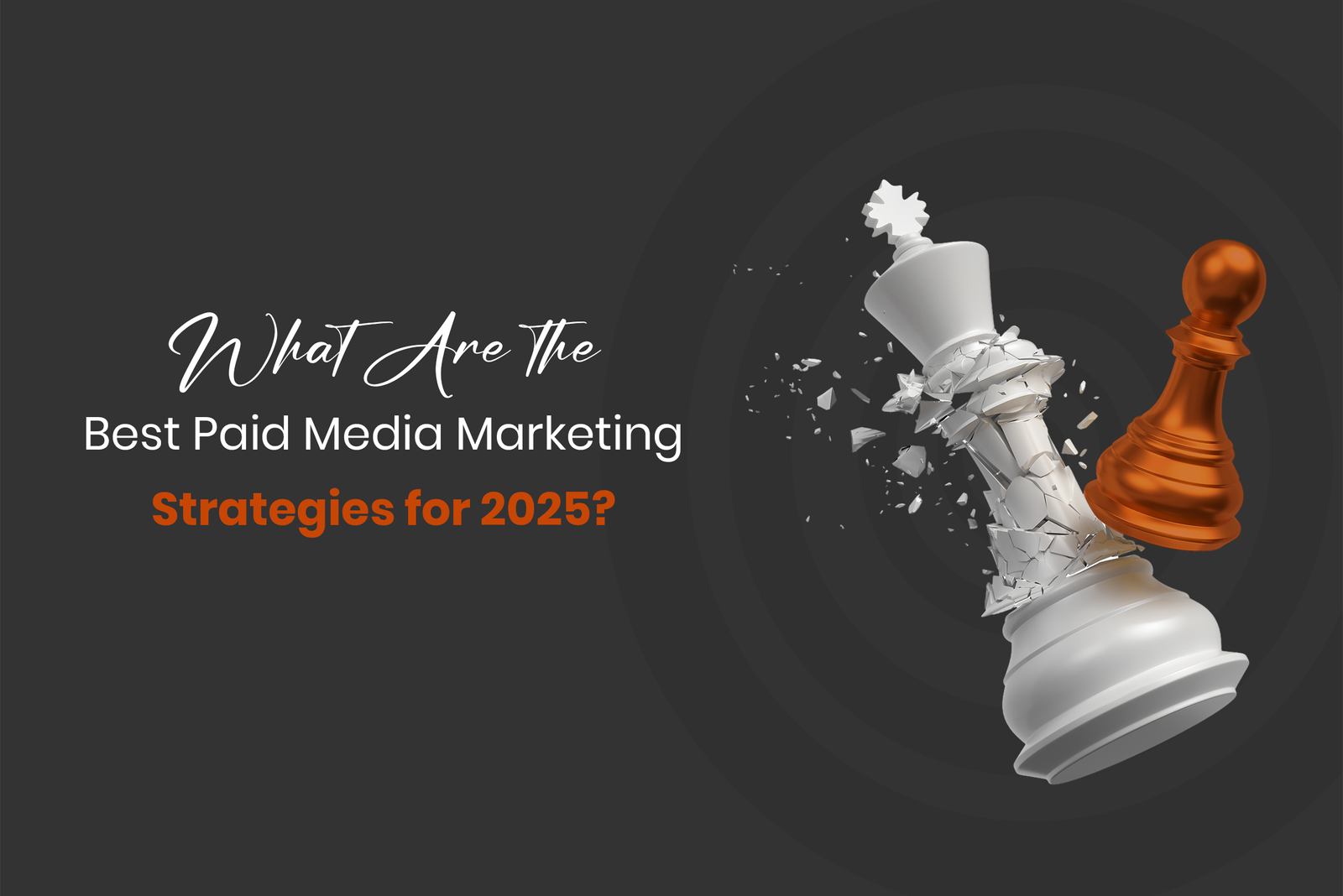In the fast-paced world of digital marketing, paid media remains a powerful tool for driving traffic, increasing conversions, and enhancing brand visibility. Whether you’re running PPC campaigns, social media ads, or display advertising, a well-structured paid media strategy can significantly boost your ROI.
What is Paid Media Marketing?
Paid media marketing involves any digital advertising strategy where businesses pay to promote their content, products, or services. It includes search engine marketing (SEM), social media advertising, display ads, and sponsored content.
Benefits of Paid Media
- Immediate Visibility – Unlike organic marketing, paid media delivers instant results.
- Targeted Audience Reach – Platforms like Google Ads and Meta Ads offer precise audience targeting based on demographics, interests, and behavior.
- Scalability – Campaigns can be adjusted based on performance and budget.
- Measurable ROI – Advanced analytics allow marketers to track performance and optimize strategies.
- Competitive Edge – Staying ahead of competitors requires continuous investment in paid media to maintain brand presence.
- Diverse Ad Formats – Businesses can experiment with video ads, carousel ads, and more to engage audiences effectively.
- Brand Awareness – Paid media helps new brands establish a strong presence quickly.
- Multi-Channel Strategy – Utilizing multiple platforms ensures broader reach and engagement.

Key Paid Media Channels
- Search Engine Advertising (Google Ads, Bing Ads) – Helps businesses appear at the top of search results.
- Social Media Advertising (Facebook, Instagram, LinkedIn, TikTok) – Engages audiences on their favorite platforms.
- Display & Programmatic Ads – Uses automation to place banner ads across websites.
- Influencer & Sponsored Content – Leverages creators to promote brands to niche audiences.
- Video Advertising – Platforms like YouTube and TikTok offer powerful video marketing opportunities.
- Native Advertising – Blends seamlessly with content on websites for a non-intrusive experience.
Best Practices for Paid Media Success
- Set Clear Goals – Define key performance indicators (KPIs) like cost per click (CPC), return on ad spend (ROAS), and conversions.
- Know Your Audience – Use data-driven insights to refine targeting.
- Optimize Creatives & Copy – Engaging visuals and compelling messaging drive higher engagement.
- Leverage A/B Testing – Experiment with different ad variations to find the best-performing assets.
- Monitor & Adjust Campaigns – Regularly analyze metrics and optimize based on performance data.
- Retargeting Strategies – Implement retargeting ads to capture lost visitors and drive conversions.
- Utilize AI & Automation – Tools like smart bidding and AI-powered ad optimizations can enhance efficiency.
- Understand Ad Placements – Choosing the right placements ensures that your ads appear where your audience is most active.
- Budget Allocation – Diversify budget across multiple platforms for maximum reach and impact.
- Test Different Ad Formats – Experiment with text, image, video, and carousel ads to see what resonates best with your audience.
Common Mistakes to Avoid
- Ignoring Audience Insights – Failing to analyze audience behavior can lead to wasted ad spend.
- Setting Unrealistic Budgets – Underfunding campaigns can limit their effectiveness.
- Neglecting Mobile Optimization – Mobile-friendly ads ensure better engagement and conversions.
- Overlooking Landing Page Experience – A poorly designed landing page can result in high bounce rates.
- Not Tracking Conversions – Without proper tracking, it’s difficult to measure the success of campaigns.
- Failing to Adapt to Trends – Keeping up with platform updates and trends is essential for long-term success.
The Future of Paid Media Marketing
With advancements in AI and machine learning, paid media is becoming more data-driven than ever. Expect more automation, smarter bidding strategies, and enhanced personalization in the coming years. Brands that leverage AI-driven insights will stay ahead in the competitive landscape. Emerging trends include:
- Voice Search Advertising – Optimizing ads for voice search as smart assistants grow in popularity.
- Augmented Reality (AR) Ads – Creating immersive ad experiences to engage users in unique ways.
- Privacy-First Advertising – Adjusting strategies to comply with evolving data privacy regulations.
- Cookieless Targeting – Exploring new ways to reach audiences without relying on third-party cookies.
Conclusion
Paid media marketing is an essential component of a strong digital strategy. By leveraging the right platforms, refining targeting, and continuously optimizing campaigns, businesses can achieve sustainable growth and a high return on investment. Ready to scale your business with paid media? Contact our digital marketing agency today!


